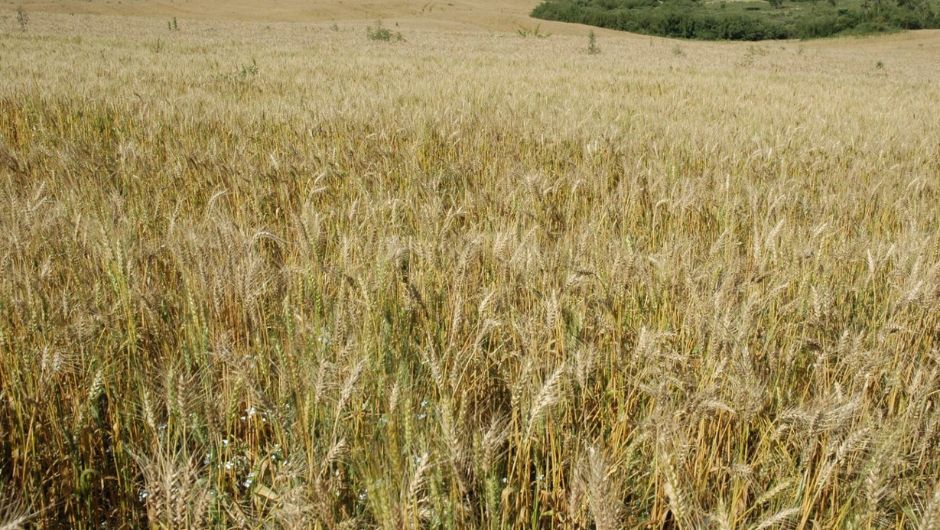Soybean harvest advances in Rio Grande do Sul
Precipitation in variable volumes reduced the pace of soybean harvesting, which reaches 66% of the cultivated area in the 2023-24 harvest

The State Secretariat for Agriculture and Livestock of Santa Catarina (SAR) announced the development of the Winter Cereals Cultivation Incentive Program, with support for increasing the area under cultivation of wheat, triticale and barley. Initiative arises in view of the corn deficit to supply the meat and milk production chain in the State. This year, the government should invest R$3,2 million to encourage these crops, a value 60% higher than in 2023.
To participate in the Program, producers must look for accredited cooperatives or agricultural houses and formalize the partnership. The SAR grants support of up to R$385,00 per cultivated hectare, an increase of 10%, within a limit of 10 hectares per producer, as long as the harvested cereal is destined for the production of feed for animal feed.
Santa Catarina has a significant and constantly growing animal protein production chain. According to a study by Epagri/Cepa, to meet this production, the State needs around 8 million tons of corn annually to manufacture feed. In the 2022/2023 harvest, corn production in Santa Catarina was approximately 3 million tons, according to data available at the Observatório Agro Catarinense. The deficit in the production and consumption ratio is 5 million tons, which need to be imported from other states and neighboring countries to supply the Santa Catarina production chain.
The Secretary of State for Agriculture and Livestock, Valdir Colatto, states that this program is a stimulus for diversification and adding value in rural areas. “In addition to reducing costs and improving the competitiveness of livestock farming, the cultivation of winter cereals is an additional income alternative for rural families, as it takes advantage of areas that were not being used in winter and provides other benefits, such as crop rotation. Areas cultivated with winter cereals keep the soil protected and generate income for families,” he explains.
According to the director of Cooperatives and Rural Development, Léo Kroth, crops produced in winter are considered excellent alternatives to make up for the shortage of corn used for the production of animal feed. “According to research carried out by Embrapa Trigo (RS) and Embrapa Swine and Poultry (SC), these cereals are viable options to replace corn in the formulation of feed and concentrates for feeding pigs and poultry”, he emphasizes.

Receive the latest agriculture news by email